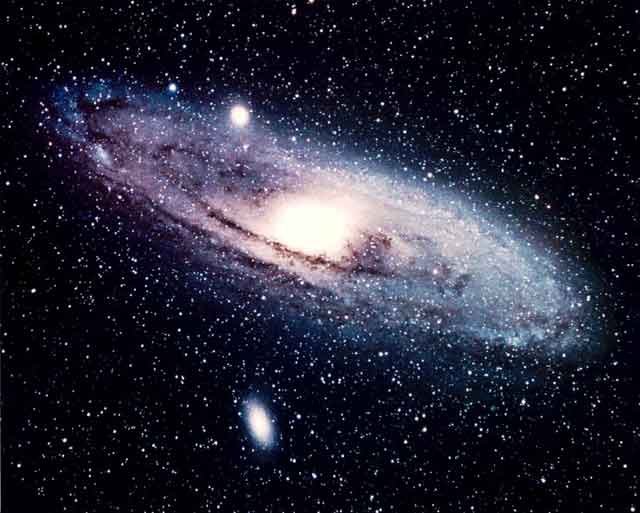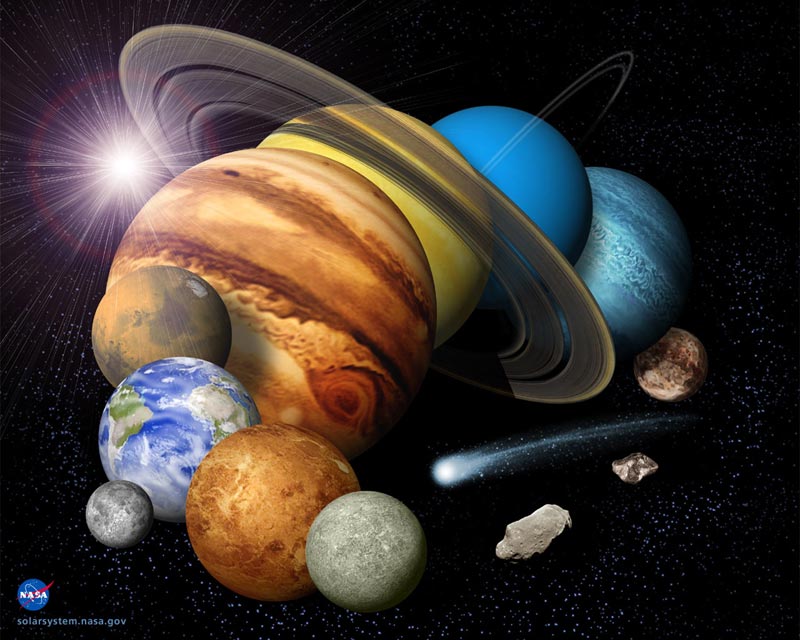 Sputnik 5 was the first spaceflight to send animals into orbit and return them safely back to Earth. Launched on August 19, 1960, it paved the way for the first human orbital flight less than eight months later with Vostok 1. Sputnik 5 was a USSR artificial Earth satellite from the Sputnik space program. It was in fact the second test flight of the Vostok spacecraft, and therefore it is sometimes called Korabl-Sputnik 2 ("korabl" is Russian for "ship").
Sputnik 5 was the first spaceflight to send animals into orbit and return them safely back to Earth. Launched on August 19, 1960, it paved the way for the first human orbital flight less than eight months later with Vostok 1. Sputnik 5 was a USSR artificial Earth satellite from the Sputnik space program. It was in fact the second test flight of the Vostok spacecraft, and therefore it is sometimes called Korabl-Sputnik 2 ("korabl" is Russian for "ship").
Crew
2 dogs - Belka ("Squirrel") and Strelka ("Little Arrow" or "Pointer")
40 mice
2 rats
A variety of plants
2 dogs - Belka ("Squirrel") and Strelka ("Little Arrow" or "Pointer")
40 mice
2 rats
A variety of plants
Mission parameters
Mass: 4,600 kg
Perigee: 287 km
Apogee: 324 km
Inclination: 64.95°
Period: 90.72 minutes
NSSDC ID: 1960-011A
Mass: 4,600 kg
Perigee: 287 km
Apogee: 324 km
Inclination: 64.95°
Period: 90.72 minutes
NSSDC ID: 1960-011A
Mission highlights
A radio station in Bonn, Germany, was among the first to pick up the signal. On the 3rd orbit, a Swedish radio station confirmed this.
The spacecraft carried two dogs, Belka and Strelka, 40 mice, 2 rats and a variety of plants on-board. The spacecraft returned to earth the next day and all animals were recovered safely. The spacecraft also carried a television camera which took images of the dogs.
Shortly after the landing, one of Strelka's puppies was sent to Jacqueline Kennedy as a present from the Soviet Union.
The spacecraft carried two dogs, Belka and Strelka, 40 mice, 2 rats and a variety of plants on-board. The spacecraft returned to earth the next day and all animals were recovered safely. The spacecraft also carried a television camera which took images of the dogs.
Shortly after the landing, one of Strelka's puppies was sent to Jacqueline Kennedy as a present from the Soviet Union.












No comments:
Post a Comment